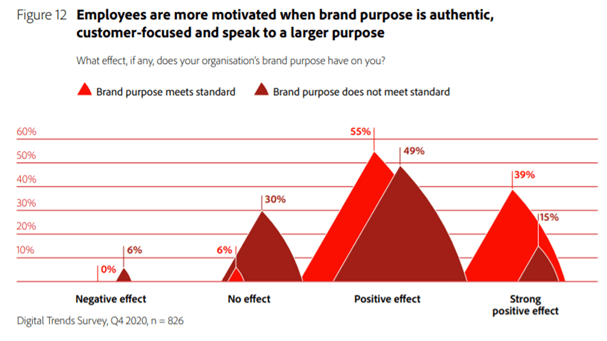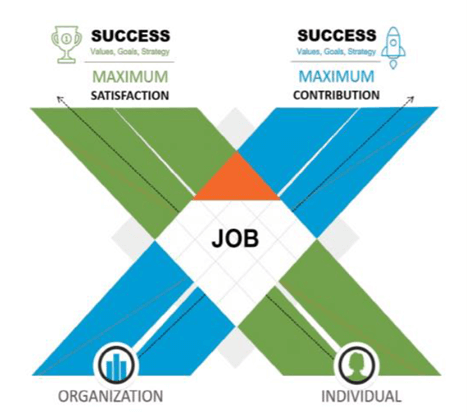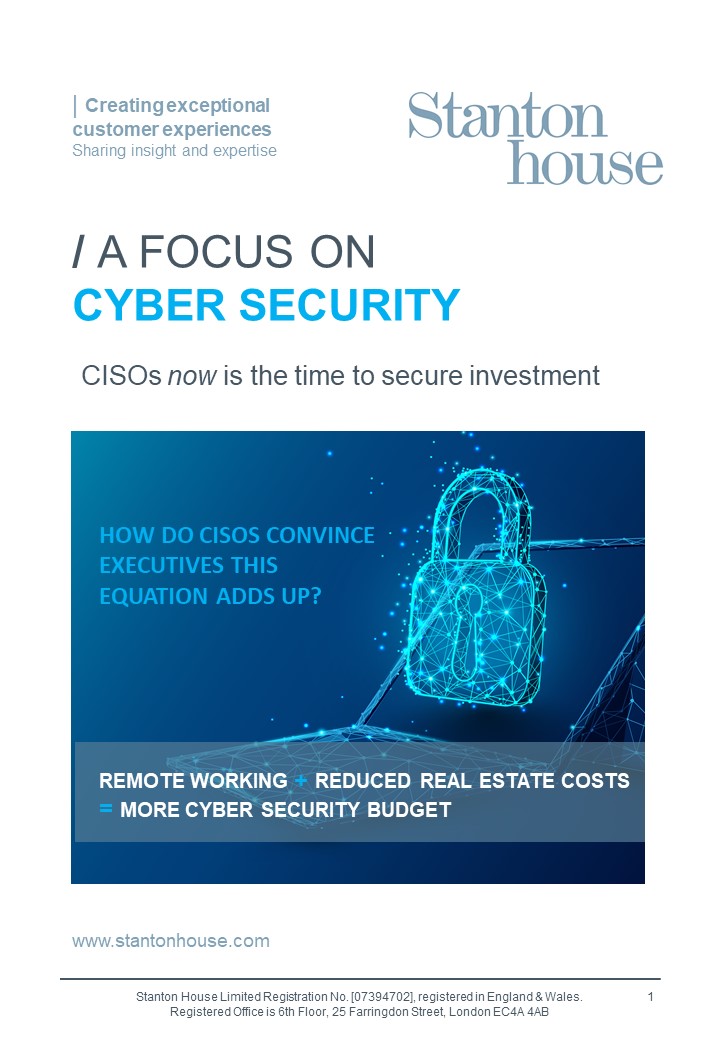

Does your company have a sense of identity that will outlast any crisis?
There can be no doubt, that events over the last two years have completely altered the context within which most organisations now exist. No matter the industry sector, or size of organisation, Brexit, the global pandemic, climate change, widening gender, racial and socio-economic disparities and sadly ongoing conflicts around the world, have all contributed to rapidly changing societies.
Consumer habits and employee expectations have shifted immeasurably, forcing most businesses to rethink their strategic goals, adapt their operating model and evolve their talent strategies accordingly.
What’s more, savvy business leaders have reframed and recommunicated their company’s Vision, Purpose and Values; recontextualizing them and reconnecting desired behaviours and outcomes, to new ways of working.
In this time of the ‘great resignation’ I believe that it is so important to commit to a new vision of the future; establishing a clear mantra for how your organisation and your people will emerge in this new era.
But have some overlooked this vital piece of work?
And what is there to gain, or indeed lose?
It’s all about connecting the ‘How’ with the ‘Why’
The last couple of years have demanded existential introspection. Never have the actions of employers been so under the spotlight, while the opportunity for organisations to make a positive difference to the lives of their employees, with empathy and support, ever been so great.
Workers increasingly want to align themselves to purpose-driven organisations where leadership teams connect day-to-day tasks, activities and desired behaviours to the bigger picture. The desire to connect emotionally with an organisation’s beliefs is hugely prevalent amongst the Millennial and Gen Z workforce. Younger generations just don’t want to work for, invest in, or buy from companies that lack values beyond maximising shareholder value.
Indeed the 2021 Digital Trends Experience Index found that employees of all ages are more motivated when a brand’s purpose is authentic, customer-focused or speaks to a higher purpose.

And so, many business leaders have found themselves asking, ‘what impact does my company have on society, beyond profits?’ And ‘does my company have a powerful sense of identity that will outlast any crisis?’
For some executives, the Covid-19 crisis forced them to define their company Vision, Purpose and Values, for the first time, in a deliberate way. For others, it has been a question of re-articulating them, within the context of the ‘new normal’, so that they continue to have meaning and relevance to employees, customers and investors. In either case, using the infamous words of the legendary Simon Sinek you must,
“Start with the why…people don’t buy what you do, they buy why you do it.”
Moreover, if leaders can’t articulate why employees are asked to perform certain tasks, in a certain way, or explain how an individual’s work, directly contributes towards achieving the company’s Vision, then they are likely to fail at attracting, developing, or retaining the talent they so desperately need.
The art of visionary storytelling
Visionary storytelling is an art form, a new core competency in fact, and something that every leader needs to be able to do well. People follow leaders who inspire and can paint a vision of the future that they can connect to. They don’t follow because the leader has asked them to but because they believe in what the leader believes.
Offering a strong Vision and a realistic outlook can have a powerful effect on motivation and productivity across the organisation. It’s essential to foster an outcome-driven culture that empowers and holds teams accountable for getting things done while encouraging open, honest and productive communication. Leaders have the complex but essential job of communicating the company Vision with clarity - so that each individual understands how they can contribute with meaning.
When individuals know how to contribute in the service of the organisation, they can link their personal aspirations for growth and fulfilment to the company goals - resulting in maximum employee engagement, satisfaction and contribution. You should be aiming for the ‘apex’ as demonstrated by the BlessingWhiteX-Model of engagement:

Ultimately, employees need to trust their leaders’ ambitions for the company and have the confidence that they will help them reach their personal goals.
And there’s more to gain than just increased motivation and productivity. Leaders that can craft and communicate a persuasive narrative, which paints a clear picture of the future, not only energise the whole company but improve the organisation’s ability to attract human and financial capital.
Like or dislike him, Elon Musk is a great example of someone that is a master storyteller. As writer Charles Morris explains,
“Since the beginning of his career, he has shown an impressive ability to convince investors to stake large sums of money on what must have seemed highly risky, even Quixotic, business propositions.
Undoubtedly, one big reason that Musk inspires such confidence is that he so obviously believes deeply in what he’s doing. This commitment and clarity of purpose is an asset that he has had since the beginning.
However, even the greatest idea is unlikely to become reality if it isn’t explained in a way that people can understand. Fortunately, Mr. Musk is exceptionally good at explaining what he wants to do, and not in stilted techno-speak, but in plain language that captures people’s imaginations. In other words, he is a gifted storyteller.”
Spend time envisioning your future
It’s clear that spending enough time to explore, reframe and recommunicate your company Vision is critical work, that if not done yet, should be a top priority for business leaders this year.
According to an article in the Harvard Business Review, company executives should have spent between 10% and 20% of their time, on a weekly basis, throughout 2020 and 2021 thinking about this. What’s more, too many CEOs/CFOs/CPOs delegate the responsibility for this kind of thinking to others – when in fact – this should start from the top, with the people who sign off on major resource allocation decisions.
Now more than ever people want to be inspired in the role that they do. So as leaders, have we really spent enough time ensuring our Vision is still fit for purpose, or if it is, aligning strategy to push towards achieving that Vision?
Share your insights
Share your insights
We’d love to hear from leaders on how you are redefining your company’s Vision, Purpose and Values within the context of a post-pandemic world. Please get in touch to share your insights or read more from our blog.
Similar blogs




